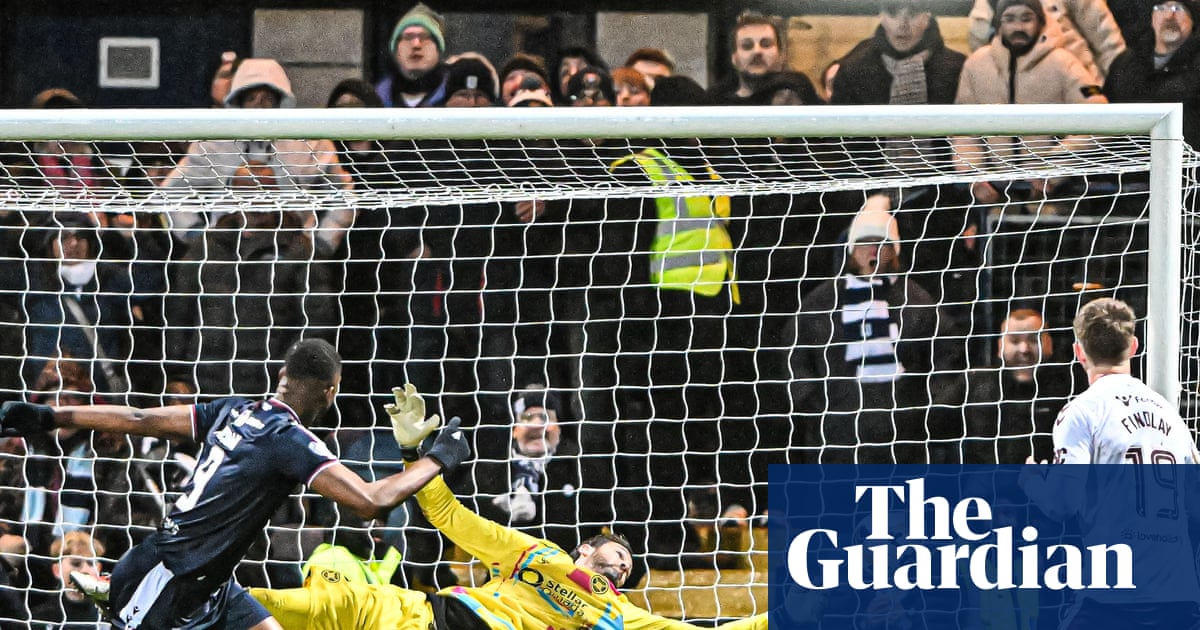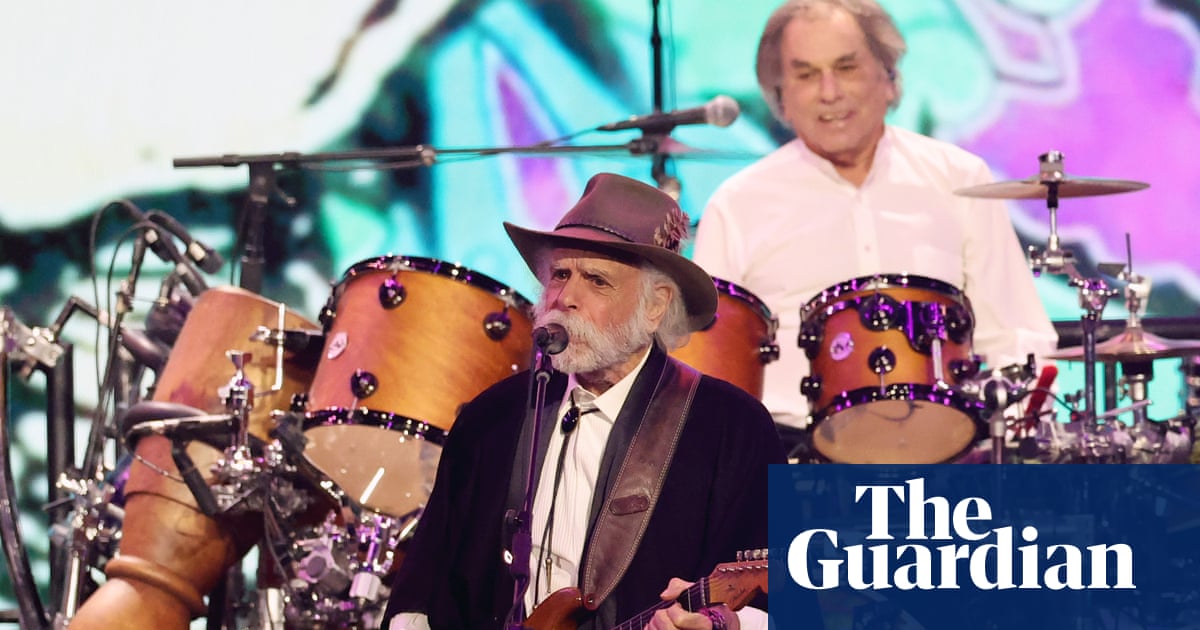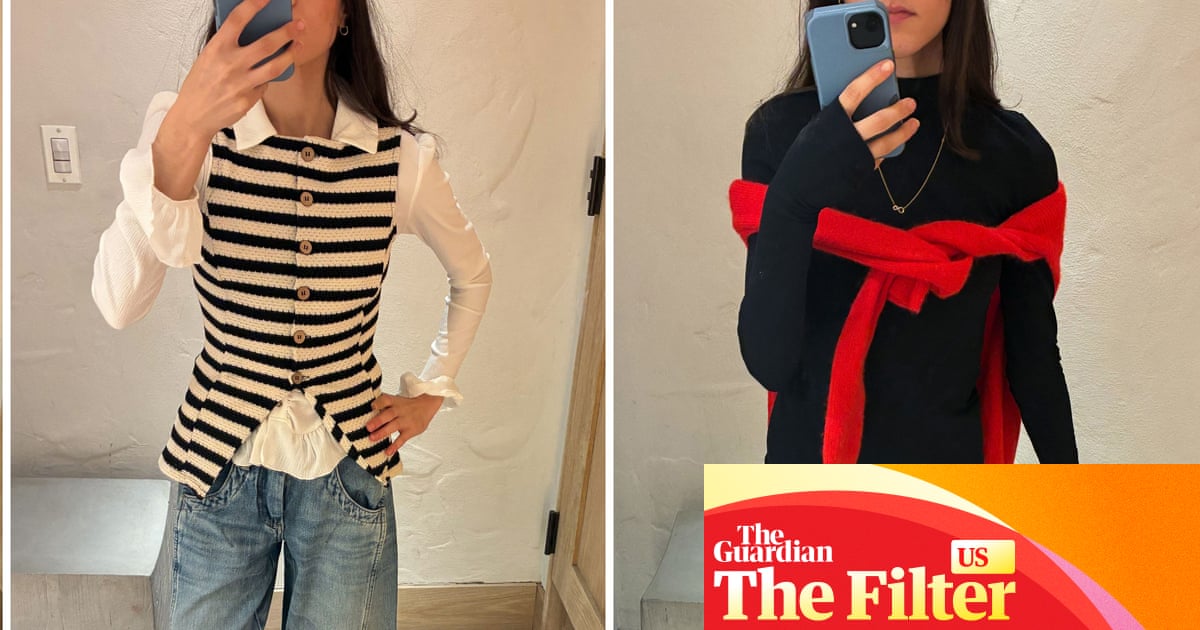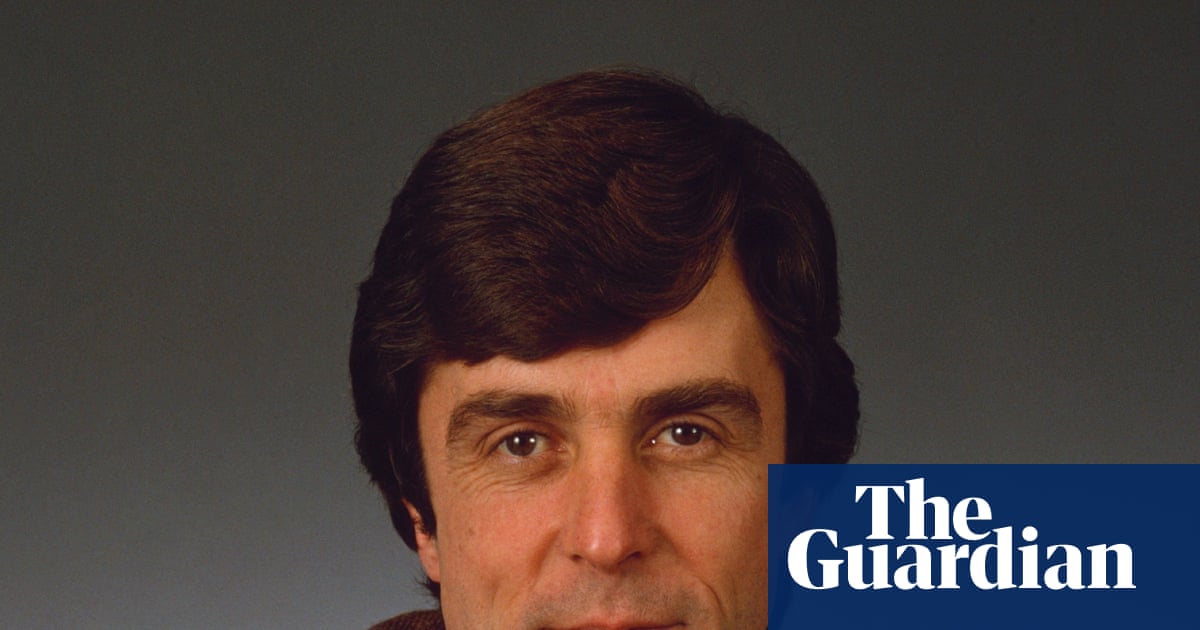One of my favourite paintings in the National Gallery’s collection technically breaks the rules: Paul Cézanne’s Bathers (Les Grandes Baigneuses) was painted in the last decade of his life, its date given as about 1894-1905. It was probably finished after the gallery’s cut-off date of 1900, a cut-off the gallery has just announced it will be jettisoning.
To say that I am pleased is an understatement. It always struck me as bizarre that the end date occurs just at the exact point in history when painting is about to become very interesting. Just look at the Baigneuses and what they represent: the leap towards abstraction in the representation of the human form; the composition and its unidentifiable, but unified landscape; the use of colour, and the lack of discernible religious or mythological subject matter. The painting and its two sisters cast a significant influence on the onward march of 20th-century painting, particularly cubism, as they made a strong impression on both Matisse and Picasso. Yet one leaves the building without much of a sense of how these revolutionary developments ever played out. To stop at 1900 never made much sense. Weird altarpieces have their place, but there are only so many in the world to acquire, and the public’s appetite for them is likely to be limited.
Reports that the National, in dropping the cut-off date and building a large new wing devoted to 20th-century painting, risks “bad blood” with the Tate are depressing. Before an agreement about the date was reached, the galleries had historically been at each other’s throats. How unedifying it would be to see these two institutions at war again over the acquisition of, say, a Rothko.
However, these reports seem overstated. The galleries have formed a joint working group and are planning to collaborate in the interests of the national collection as a whole, and part of that collaboration will no doubt involve considering each gallery’s remit.
The National is a gallery of painting, and it traces the history of that artform only, while the Tate encompasses sculpture, photography, installation, works on paper, and more. The 1900 cut-off is so frustrating in part because for a gallery of painting to not tell the story of the seismic shifts in painting during the 20th century is such an obvious omission (it has for some years been trying to circumnavigate this through various shows and collaborations with contemporary artists). Besides, from a tighter focus can come greater clarity in an institution’s storytelling.
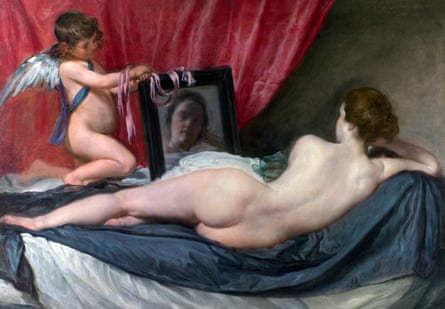
One of those shifts, and one which I would love to see embraced by the National Gallery, is the story of the female nude. At the moment, to walk around it is to see the naked female figure as perceived and depicted by men, from Titian’s Diana and Actaeon to Renoir’s Nymph by a Stream and, of course, Diego Velázquez’s Rokeby Venus. The building is essentially a temple to the male gaze. The suffragette Mary Richardson’s infamous slashing of the Venus is testament to that. While I could never slash such a painting, I do understand the impulse, as will many other women who have been subjected to society’s ruthlessly objectifying beauty standards.
It goes without saying that the nude is highly political. As Cézanne left us to contemplate his bathers, that same year – 1906 – saw the first nude self-portrait by a female painter in western art history (officially, at least). Paula Modersohn-Becker would tragically not live long enough to see modernism play out, but her approach to the nude changed everything. To halt a survey of the history of painting just at the point where women artists were, for the first time, beginning to depict themselves as subjects after centuries of being objects simply makes no sense. Visitors are left with only part of the story.
How wonderful would it be to see the nude as approached by Gwen John, Suzanne Valadon, Frida Kahlo, Amrita Sher-Gil, Louise Bourgeois, Jenny Saville, Tracey Emin, Lisa Brice, Mequitta Ahuja, Kudzanai Violet Hwami … the list goes on. And to see not just women artists’ depictions of the female body, of course, but also, through their gaze, the male. The gallery’s expansion is a wonderful opportunity to redress the balance and introduce the British public to underrepresented artists. Because much as I would love, budget allowing, to see a Rothko or a Magritte or a Hockney at the National Gallery, I would also like to see a Lee Krasner, a Frank Bowling, or a Dorothea Tanning. As it stands, there are only 27 works by women in the entire collection, and very few works by artists of colour.
after newsletter promotion
Which is why art lovers must embrace this announcement, rather than dismiss, or fret, about it. I have no doubt that the Tate and the National galleries will come to a workable agreement. As experts they will understand better than anyone that to tell the story of art a certain way always involves a series of choices about whose work, and whose subjectivity, matters. There will be new, and no doubt fraught, decisions to be made, but how exciting. I can’t wait to see where they lead.
-
Rhiannon Lucy Cosslett is a Guardian columnist. Her book Female, Nude – a novel about art, the body and female sexuality – will be published in 2026.

 3 months ago
86
3 months ago
86

